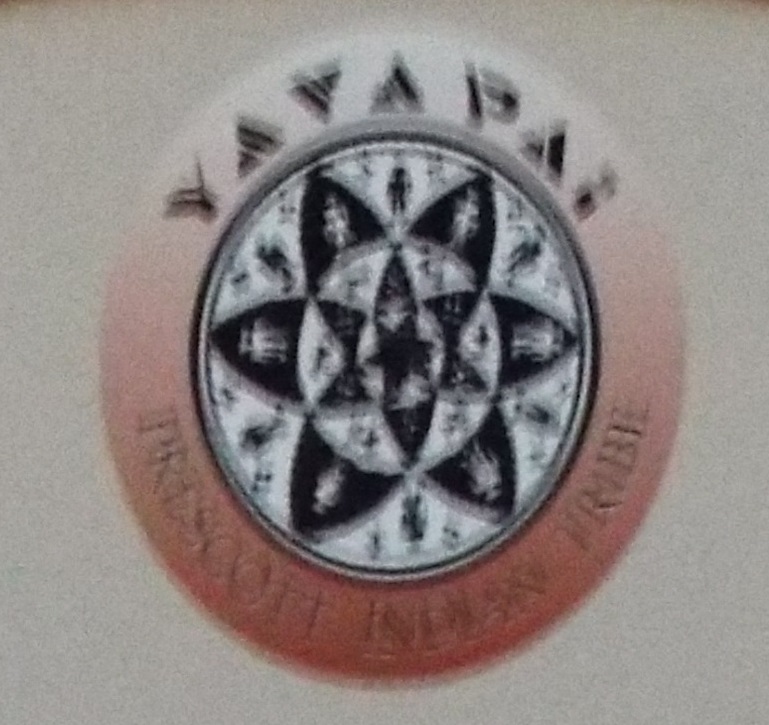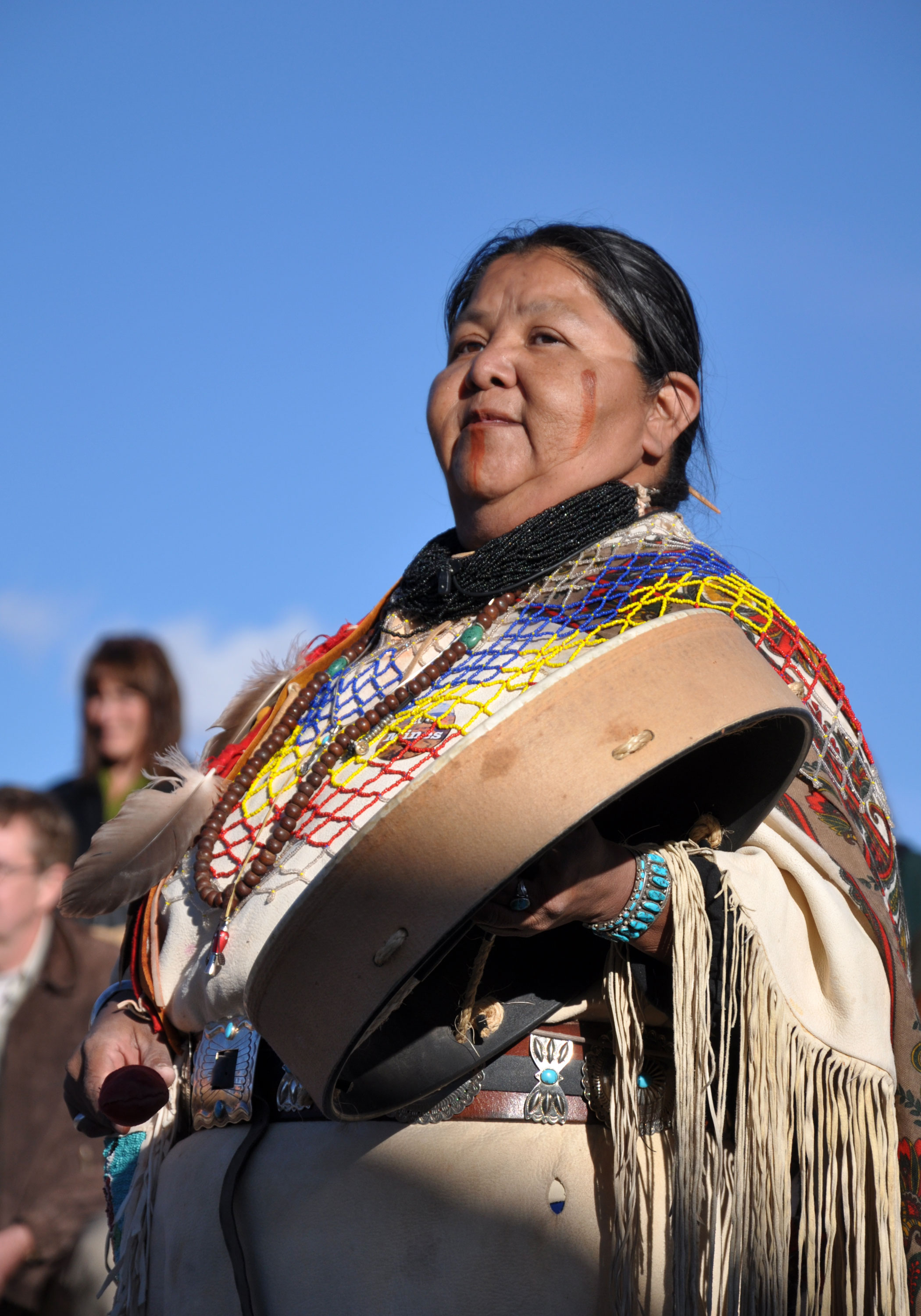|
Yavapai
The Yavapai ( ) are a Native American tribe in Arizona. Their Yavapai language belongs to the Upland Yuman branch of the proposed Hokan language family. Today Yavapai people are enrolled in the following federally recognized tribes: * Fort McDowell Yavapai Nation * Yavapai-Apache Nation of the Camp Verde Indian Reservation * Yavapai-Prescott Indian Tribe. The Yavapai historically controlled about 10 million acres of land in west-central Arizona. Their lands bordered the San Francisco Peaks to the north, the Pinaleno Mountains and Mazatzal Mountains to the southeast, and the Colorado River to the west, and almost to the Gila River and the Salt River to the south. The Yavapai historically were divided into geographically distinct bands or subtribes: * Kewevkepaya, Gwev G’paaya (southeastern) * Tolkepaya,Braatz''Surviving Conquest'' p. 27. Tolkepaye (western) * Wipukepa, Wiipukpaa (northeastern), also known as the Verde Valley Yavapai * Yavepé, Yaavpe (northwestern) ... [...More Info...] [...Related Items...] OR: [Wikipedia] [Google] [Baidu] |
Western Apache
The Western Apache are an Indigenous people of North America, and a subgroup of the greater Apache identity, who live primarily in east central Arizona, in the United States and north of Mexico in the states of Sonora and Chihuahua. Most live within reservations. The Fort Apache Indian Reservation, San Carlos Apache Indian Reservation, Yavapai-Apache Nation, Tonto Apache, and the Fort McDowell Yavapai Nation are home to the majority of Western Apache and are the bases of their federally recognized tribes. In addition, there are numerous bands. The Western Apache bands call themselves ''Ndee (Indé)'' (“The People”). Because of dialectical differences, the Pinaleño/Pinal and Arivaipa/Aravaipa bands of the San Carlos Apache pronounce the word as ''Innee'' or Nnēē:. Language and culture The various dialects of Western Apache (which they refer to as ''Ndéé biyáti’ / Nnéé biyáti’'') are a form of Apachean, a branch of the Southern Athabaskan language family. ... [...More Info...] [...Related Items...] OR: [Wikipedia] [Google] [Baidu] |
Yavapai Language
Yavapai is an Upland Yuman language, spoken by Yavapai people in central and western Arizona. There are four dialects: Kwevkepaya, Wipukpaya, Tolkepaya, and Yavepe. Linguistic studies of the Kwevkepaya (Southern), Tolkepaya (Western), Wipukepa (Verde Valley), and Yavepe (Prescott) dialects have been published (Mithun 1999:578). Geographic distribution Yavapai was once spoken across much of north-central and western Arizona, but is now mostly spoken on the Yavapai reservations at Fort McDowell, the Verde Valley and Prescott. The rate of mutual comprehension between Yavapai and Havasupai–Hualapai is similar to that between Mohave and Maricopa (Biggs 1957). Warren Gazzam, a Tolkapaya speaker, reported that "you know they (Hualapais) speak the same language as we do, some words or accents are a little different". Due to extensive cultural interchange, many Yavapai were once bilingual in Apache The Apache ( ) are several Southern Athabaskan language-speaking people ... [...More Info...] [...Related Items...] OR: [Wikipedia] [Google] [Baidu] |
Yavapai-Prescott Indian Tribe
The Yavapai-Prescott Indian Tribe ( Yavapai language: Wiikvteepaya), formerly known as the Yavapai-Prescott Tribe of the Yavapai Reservation, a federally recognized tribe of Yavapai people. Fewer than 200 people are enrolled in the tribe. Reservation The Yavapai reservation is approximately in central Yavapai County in west-central Arizona. In the early 1930s, Sam Jimulla and his wife Viola Jimulla, with community support, pushed the government to provide reservation lands for the tribe, as they had been unable to secure federal funds for a housing project. In 1935, 75 acres of the former Fort Whipple, Arizona were set aside as a reservation. Continued pressure from the tribe resulted in an additional 1320 acres being conferred on the tribe in 1956. Government Simultaneously with the creation of a reservation, the government pressed for the Prescott Yavapai to accept the terms of the Indian Reorganization Act, but the tribe rejected the move away from a hereditary chief ... [...More Info...] [...Related Items...] OR: [Wikipedia] [Google] [Baidu] |
Fort McDowell Yavapai Nation
The Fort McDowell Yavapai Nation (Yavapai: A'ba:ja), formerly the Fort McDowell Mohave-Apache Community of the Fort McDowell Indian Reservation, is a federally recognized tribe and Indian reservation in Maricopa County, Arizona about northeast of Phoenix. The reservation was officially created on September 15, 1903, by executive order, on a small parcel carved from the ancestral lands of the Yavapai people, encompassing . The acreage had been part of the Fort McDowell Military Reserve, which had been an important outpost during the Apache Wars. The original inhabitants of the reservation were members of the kwevikopaya, or Southeastern Yavapai, who lived in the nearby Mazatzal-Four Peak and Superstition Mountains area. In the 1970s, there was a proposal to build a dam at the confluence of the Verde and Salt Rivers. Due to the negative effects such a dam would have had on the reservation, the community voted not to sell the land for the dam to the federal government. What would ... [...More Info...] [...Related Items...] OR: [Wikipedia] [Google] [Baidu] |
Hualapai
The Hualapai ( , ) are a federally recognized Native American tribe in Arizona with about 2300 enrolled citizens. Approximately 1353 enrolled citizens reside on the Hualapai Reservation, which spans over three counties in Northern Arizona ( Coconino, Yavapai, and Mohave). The name, meaning "people of the tall pines", is derived from , the Hualapai word for ponderosa pineThe Hualapai Tribe Website Accessed 2020-01-16 and "people". Their traditional territory is a stretch along the pine-clad southern side of the and the with the tribal capital at [...More Info...] [...Related Items...] OR: [Wikipedia] [Google] [Baidu] |
Montezuma Castle National Monument
Montezuma Castle National Monument protects a set of well-preserved dwellings located in Camp Verde, Arizona, which were built and used by the Sinagua people, a pre-Columbian culture closely related to the Hohokam and other Prehistoric Southwestern cultural divisions, indigenous peoples of the southwestern United States, between approximately AD 1100 and 1425. The main structure comprises five stories and about 20 rooms and was built over the course of three centuries. Several Hopi clans and Yavapai people, Yavapai communities trace their ancestries to early immigrants from the Montezuma Castle/Beaver Creek area. Archaeological evidence proves that the Hohokam and Hakataya settled around or in the Verde Valley. Clan members periodically return to these ancestral homes for religious ceremonies. Etymology Neither part of the monument's name is correct. When European-Americans first observed the ruins in the 1860s, by then long-abandoned, they named them for the famous Aztec emper ... [...More Info...] [...Related Items...] OR: [Wikipedia] [Google] [Baidu] |
Arizona
Arizona is a U.S. state, state in the Southwestern United States, Southwestern region of the United States, sharing the Four Corners region of the western United States with Colorado, New Mexico, and Utah. It also borders Nevada to the northwest and California to the west, and shares Mexico-United States border, an international border with the Mexican states of Sonora and Baja California to the south and southwest. Its Capital city, capital and List of largest cities, largest city is Phoenix, Arizona, Phoenix, which is the most populous state capital and list of United States cities by population, fifth most populous city in the United States. Arizona is divided into 15 List of counties in Arizona, counties. Arizona is the list of U.S. states and territories by area, 6th-largest state by area and the list of U.S. states and territories by population, 14th-most-populous of the 50 states. It is the 48th state and last of the contiguous United States, contiguous states to be a ... [...More Info...] [...Related Items...] OR: [Wikipedia] [Google] [Baidu] |
Federally Recognized Tribes
This is a list of federally recognized tribes in the contiguous United States. There are also federally recognized Alaska Native tribes. , 574 Indian tribes are legally recognized by the Bureau of Indian Affairs (BIA) of the United States.Federal Acknowledgment of the Pamunkey Indian Tribe Of these, 228 are located in Alaska, and 109 are located in California. Of the 574 federally recognized tribes, 346 are located in the contiguous United States. Description [...More Info...] [...Related Items...] OR: [Wikipedia] [Google] [Baidu] |
Havasupai
The Havasupai people (Havasupai: ''Havsuw' Baaja'') are a Native American people and tribe who have lived in the Grand Canyon for at least the past 800 years. Their name means "people of the blue-green water", referring to Havasu Creek, a tributary of the Colorado. Located primarily in an area known as Havasu Canyon, this Yuman-speaking population once laid claim to an area the size of Delaware (). In 1882, however, the United States federal government forced the tribe to abandon all but of its land. A silver rush and the Atchison, Topeka and Santa Fe Railway in effect destroyed the fertile land. Furthermore, the inception of the Grand Canyon as a national park in 1919 pushed the Havasupai to the brink, as their land was consistently being used by the National Park Service. Throughout the 20th century, the tribe used the US judicial system to fight for the restoration of the land. In 1975, the tribe succeeded in regaining approximately of their ancestral land with the pass ... [...More Info...] [...Related Items...] OR: [Wikipedia] [Google] [Baidu] |
San Francisco Peaks
The San Francisco Peaks (Navajo: , , Hopi: ''Nuva'tukya'ovi'', Western Apache: ''Dził Tso'', Keres: ''Tsii Bina'', Southern Paiute: ''Nuvaxatuh'', Havasupai-Hualapai: ''Hvehasahpatch''/''Huassapatch''/''Wik'hanbaja'', Yavapai: ''Wi:mun Kwa'', Zuni: ''Sunha K'hbchu Yalanne'', Mojave: '' 'Amat 'Iikwe Nyava'') are a volcanic mountain range in the San Francisco volcanic field in north central Arizona, just north of Flagstaff. The Peaks are the remnant of the former San Francisco Mountain, a prehistoricaly larger single stratovolcano. The highest summit in the range, Humphreys Peak, is the highest point in the state of Arizona at in elevation. An aquifer within the caldera supplies much of Flagstaff's water while the mountain itself is in the Coconino National Forest, a popular recreation site. The Arizona Snowbowl ski area is on the western slopes of Humphreys Peak, and has been the subject of major controversy involving several tribes and environmental groups. Geography ... [...More Info...] [...Related Items...] OR: [Wikipedia] [Google] [Baidu] |
Antonio De Espejo
Antonio de Espejo (c. 1540–1585) was a Spanish explorer who led an expedition, accompanied by Diego Perez de Luxan, into what is now New Mexico and Arizona in 1582–83.pg 189 - The expedition created interest in establishing a Spanish colony among the Pueblo Indians of the Rio Grande valley. Life Espejo was born about 1540 in Córdoba, Andalusia, Cordova, Spain, and arrived in New Spain in 1571 along with the Chief Inquisitor, Pedro Moya de Contreras, who was sent by the Spanish king to establish an Inquisition. Espejo and his brother became ranchers on the northern frontier of New Spain. In 1581, Espejo and his brother were charged with murder. His brother was imprisoned and Espejo fled to Santa Barbara, Chihuahua, the northernmost outpost of New Spain. He was there when the Chamuscado and Rodriguez Expedition, Chamuscado-Rodriguez expedition returned from New Mexico. En route to New Mexico Espejo, a wealthy man, assembled and financed an expedition for the ostensibl ... [...More Info...] [...Related Items...] OR: [Wikipedia] [Google] [Baidu] |
Colorado River
The Colorado River () is one of the principal rivers (along with the Rio Grande) in the Southwestern United States and in northern Mexico. The river, the List of longest rivers of the United States (by main stem), 5th longest in the United States, drains an expansive, arid drainage basin, watershed that encompasses parts of seven U.S. states and two Mexican states. The name Colorado derives from the Spanish language for "colored reddish" due to its heavy silt load. Starting in the central Rocky Mountains of Colorado, it flows generally southwest across the Colorado Plateau and through the Grand Canyon before reaching Lake Mead on the Arizona–Nevada border, where it turns south toward the Mexico–United States border, international border. After entering Mexico, the Colorado approaches the mostly dry Colorado River Delta at the tip of the Gulf of California between Baja California and Sonora. Known for its dramatic canyons, whitewater rapids, and eleven National parks of the ... [...More Info...] [...Related Items...] OR: [Wikipedia] [Google] [Baidu] |









